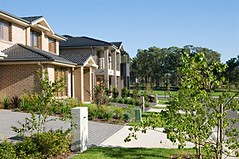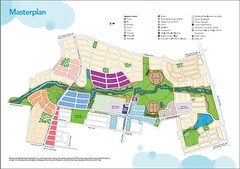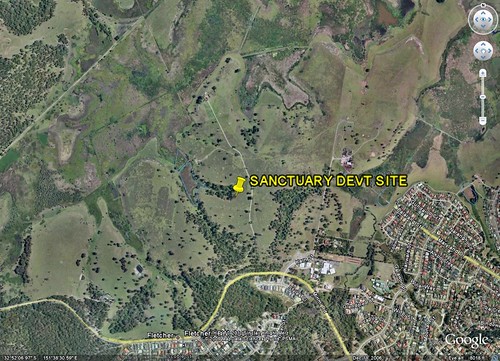State-owned Australian developer seeks to measure whole-community sustainability

Posted January 15, 2010 at 1:30PM
Landcom, a large Australian land development company owned by the New South Wales government, has created and released PRECINX, an environmental-impact modeling tool that forecasts the performance of new projects. Landcom’s Director of Sustainability, Stephen Driscoll, said PRECINXTM was developed to help the company with its business decisions and to promote environmentally sustainable outcomes in the development industry.
“PRECINX is a mathematical diagnostic tool that assesses environmental, economic and social performance of large-scale projects,” Driscoll said in a press release.
“It looks across suburbs at six inter-related input modules - onsite energy, embodied CO2, potable water, stormwater, housing diversity and transport - that feed into four key performance indicators:
- Greenhouse gases (tonnes CO2/year)
- Potable water (kL H2O/year)
- Total affordability ($/week)
- Vehicle hours travelled (hours/week)”
New South Wales planning minister Kristina Keneally said that the tool “will inform developers on the most sustainable way a housing estate can be built in a specific location, factoring in the local geography and climate.”
Landcom says it will be piloting the program at all its new developments, with a longer-term view to making the software more widely available to private sector developers and public agencies. Indeed, writing on the web site The Fifth Estate, Tina Perinotto reports that the company eventually plans to put the tool on the web for all to use. That is already the case with BASIX, an online model that allows building designers to measure building sustainability factors and, if a building is found to be compliant, self-certify the project. A loose analogy might be that BASIX is to LEED for Homes as PRECINX is to LEED-ND.
Sounds good, but I would urge that at least a modest grain of salt be taken with this announcement, given that Landcom is a large-lot greenfield developer. A perusing of its current residential offerings makes one wonder. “Big lots,” gushes as ad for The Ponds, “Sydney’s newest and fastest selling suburb!” Vantage, in Nelson Bay, a resort town said to be two hours from Sydney, is “nestled in bushland.” Above is a Google Earth image of the site of Sanctuary, beyond the outer, outer edge of Newcastle. One must question whether locational factors will be given their full due in the model and, if so, whether it will change the company’s business practices. (I also wonder how the model compares to leading US environmental-output scenario models such as Criterion’s INDEX.)
All that said, the company does appear to take sustainability seriously, at least within the parameters of its basic business model. Its standards are posted on its web site, and the guidelines for street design are first-rate. Following links from Landcom’s web site, I came across the site of Barangaroo, a massive redevelopment planned for Sydney’s harbor that appears to be exceptionally well-conceived environmentally. Landcom’s name does not appear on the Barangaroo site, and I am unclear as to their involvement, but the NSW government is involved in a major way. That certainly looks like a project worth following.


